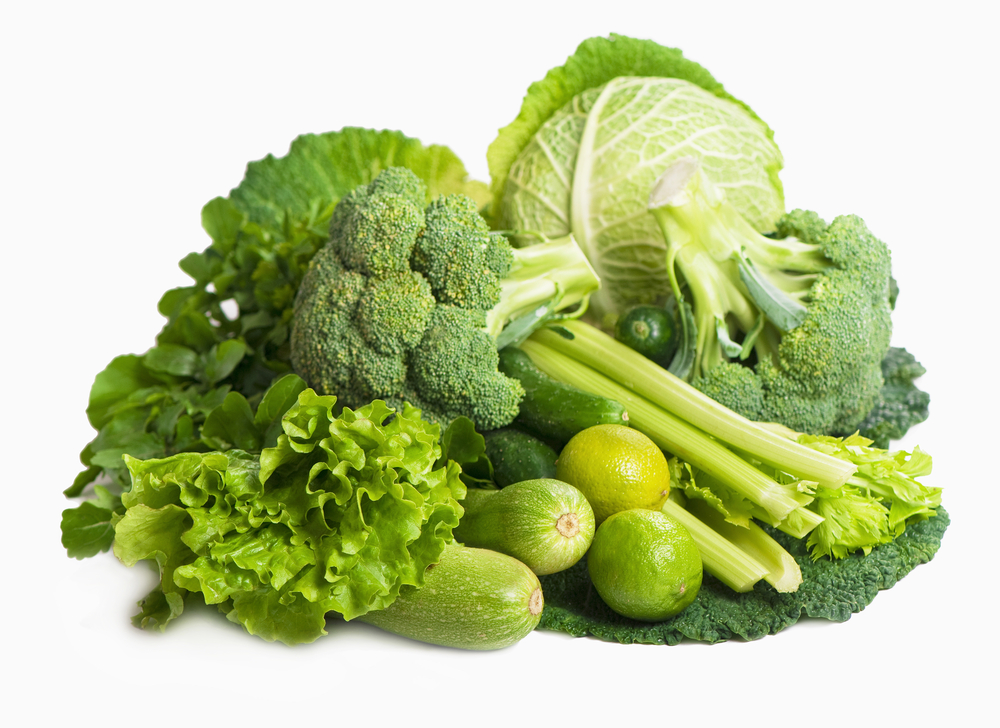Omega-3s are polyunsaturated fats that offer a wealth of health benefits. Not only are they crucial for maintaining good overall health, omega-3s are also beneficial for preventing heart disease, Alzheimer’s disease and depression.
Comprised of three different acids—ALA (alpha-linolenic acid), DHA (docosahexaenoic acid) and EPA (eicosapentaenoic acid)—omega-3s are considered to be “essential” fatty acids as the body isn’t capable of producing them on its own; therefore, it’s necessary to consume enough omega-3s through diet. Consider eating more of these eight foods to boost your omega-3 intake!
Fish
Fish is among the best-known sources of omega-3 fatty acids. In fact, many omega-3 supplements are made of fish oil. But if you, like many others, have a hard time swallowing these large gel capsules—worry not! You can obtain just as much, if not more, by eating the fish itself.
You have options, too. A wide variety of fish are rich in omega-3s, including mackerel (6,982 mg per 1 cup, cooked), herring (1,885 mg per 3 oz.), wild salmon (1,716 mg per 3 oz.), tuna (1,414 mg per 3 oz.), white fish (1,363 mg per 3 oz.), sardines (1,363 mg per 1 can/3.75 oz.) and anchovies (951 mg per 1 can/2 oz.).
Walnuts
We’re nuts about this incredibly valuable source of omega-3s. A mere ounce of whole walnuts (approximately 7) contain a whopping 2,542-milligrams! That’s over 60-percent of your daily value.
Omega-3s aren’t the only nutritional benefit walnuts have to offer, either. They’re packed with fiber and contain valuable amounts copper, manganese and vitamin E. Try noshing on a handful when you get snacky between meals or adding them to your favorite salad.
Chia Seeds
Chia seeds may be tiny, but they’re jam-packed with omega-3s; 1-tablespoon contains approximately 2,500-milligrams! Additionally, chia seeds are a rich source of fiber and protein, and naturally gluten free.
Men’s Fitness says chia seeds “can help cut ‘bad’ LDL cholesterol, prevent cardiac arrhythmias, and reduce triglycerides, blood pressure, and plaque buildup.” They’re also able to absorb plenty of water, which helps you feel full for longer after eating.
Flaxseeds
Whole flaxseeds are an excellent source of omega-3s, but their hard exteriors often protect them from digestion. Therefore, the best way to get nutritional value out of flaxseeds is to consume them ground (1,597-mg per 1-tablespoon) or as an oil (7,196-mg per 1-tablespoon).
Healthline says that flaxseeds “are by far the richest whole food source of the omega-3 fat called alpha-linolenic acid (ALA),” just one of the reasons why they’re often used in omega-3 supplements as an alternative to fish oil.
Hemp Seeds
Also known as hemp hearts, hemp seeds are nutty in flavor and bursting with omega-3s—1-tablespoon contains 1,000-milligrams, approximately 25-percent of your daily value.
Hemp seeds also contain nutrients such as vitamins D and E, as well as B vitamins. Try adding them to smoothies, or using as a topper for breakfast foods like oatmeal and yogurt.
Egg Yolks
While many people avoid eggs yolks because of the fat and cholesterol they contain, that’s where the omega-3 value is located. One yolk contains approximately 225-milligrams.
Not at all eggs contain omega-3s, however. This is only the case if farmers feed their hens things like flaxseeds, fish oil, chia seeds, algae or canola oil. The next time you’re grocery shopping, be sure to look for packages that indicate the eggs are enriched with these beneficial fatty acids.
Soybeans
For omnivores, vegetarians and vegans alike, soybeans are an excellent source of omega-3s—whether eaten whole as edamame (300 mg per ½ cup) or as tofu (814-mg per 3-oz.). They’re also rich in protein and fiber.
And soybeans aren’t the only beans that contain omega-3s. One cup of navy beans offers 1,190-milligrams of alpha-linolenic acid (ALA), one of the three omega fatty acids. Like soybeans, navy beans are also a good source of protein and fiber, and have been found to help with diabetes and obesity.
Green Vegetables
While most fruits and vegetables are not a significant source of omega-3s, certain greens like spinach, Brussels sprouts, kale and watercress do offer some.
Spinach, for instance, contains 352-milligrams per ½ cup serving (cooked). Eatthis.com says it is also “rich in vitamin E and the compounds betaine and choline, which work together to turn off fat storage genes.” The source adds that its leaf membranes contain compounds called thylakoids, which have been found to help suppress appetite.
Wild Rice
While brown rice certainly gets a lot of attention for its nutritional value, wild rice actually offers far more benefits. When it comes to omega-3 value, for instance, 1-cup of raw wild rice contains 240-milligrams, while the same serving of brown rice only has 27.3-milligrams.
Wild rice—which Reader’s Digest points out is actually a grass, rather than a grain—also “contains almost twice the protein and fiber as brown rice, and is high in B vitamins, manganese, zinc, potassium, phosphorus and magnesium, while being relatively low in calories.”












